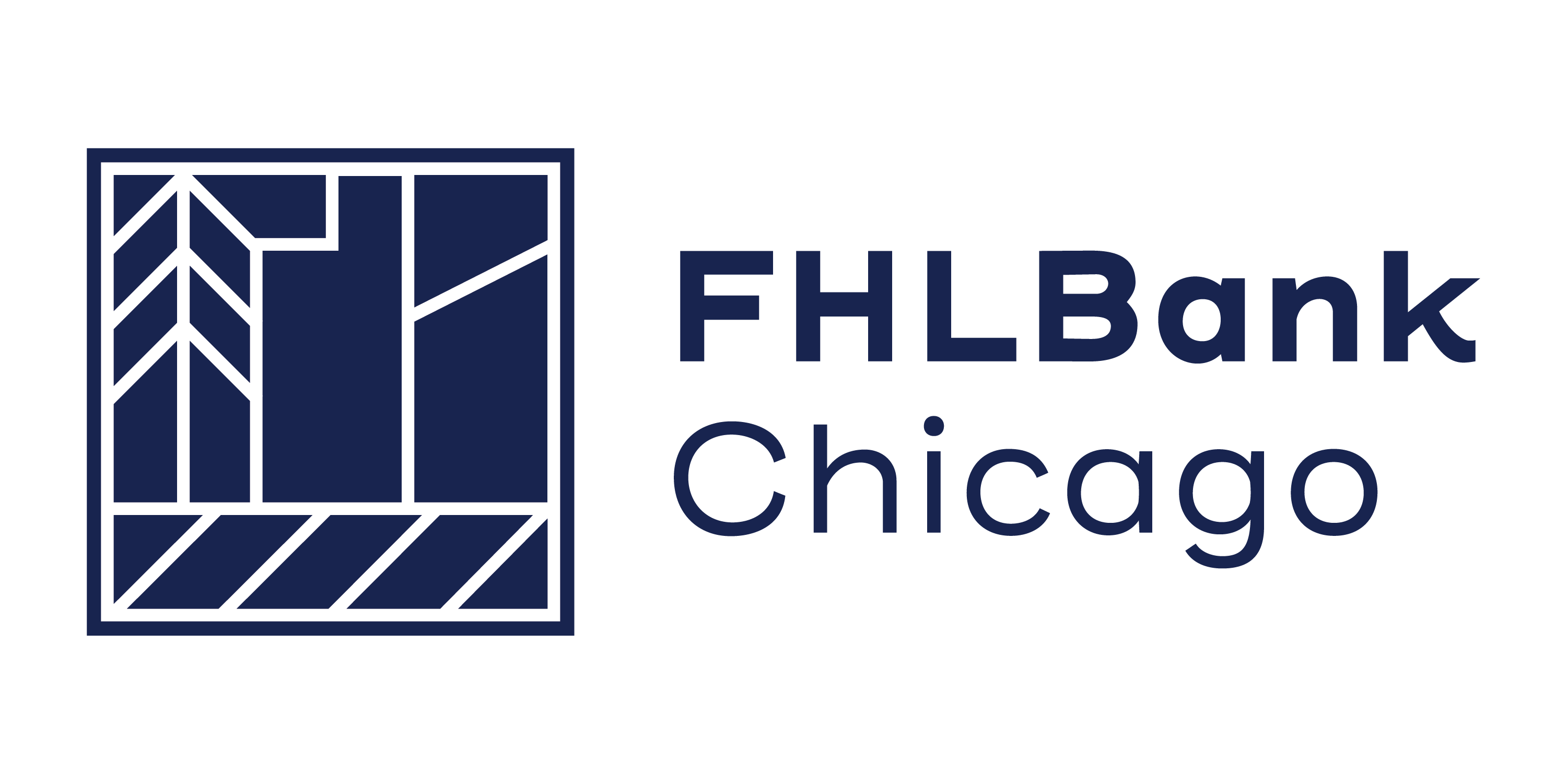Auto and HELOC Lending: Q1 2018
Overview
Recently released data reported total vehicle sales have continued their upward trend and rebounded after falling in the first half of 2017. Vehicle sales data were volatile at the end of 2017 due to hurricanes and wildfires in the late summer that disrupted sales in the South and West. It is yet to be seen if this rebound in auto sales is related entirely to natural disasters or also partially to rebounding strong consumer demand. However, the Federal Reserve reported auto loan balances totaled $1.114 trillion in Q4 2017, increasing for eight consecutive quarters. Auto loan originations rose to its highest annual level on record in Q4 2017 based on data from the New York Federal Reserve’s Quarterly Report on Household Debt and Credit.† Additionally, a market research firm stated the average life of an automobile increased to a record high of 11.5 years in 2015, suggesting demand could continue coming into the market as consumers replace old vehicles. While auto loans remain strong, growth in home equity lines of credit have stabilized.Using a Blended Strategy to Hedge an Auto Loan Portfolio
Given today’s flat yield curve environment, your institution can hedge its auto loan portfolio by locking in long-term advance rates in order to retain net interest margin (NIM) as the central bank continues to raise interest rates by using a mixture of deposits, short-term advances, and an amortizing advance. For example, an auto loan portfolio can be hedged with deposits, a 6-month fixed-rate advance at 1.90%, a 9-month fixed-rate advance at 2.04%, a 1-year fixed-rate advance at 2.21%, and a 5-year fully amortizing advance at 2.56% to mitigate interest rate risk and maintain a starting NIM of 2.10%, assuming an auto loan rate of 4.51% (Federal Reserve’s Q4 2017 Consumer Credit report). On the other hand, rolling a short-term advance—such as a 6-month fixed-rate advance at 1.90%—could support your volatile auto loan portfolio if you do not expect the Federal Reserve to continue raising the federal funds target range. While this may increase your starting NIM to 2.61%, there is higher risk of NIM compression if rates move higher.
HELOC Lending Solution
Based a on report from Black Knight, more than 80% of all people with a mortgage have in aggregate approximately $5.4 trillion in equity available to borrow against from a first-lien cash-out refinance or a home equity line of credit (HELOC) as of Q3 2017, the highest level on record. The increase in home prices has driven the increase in home equity, pushing the number of “underwater” borrowers down to its lowest level since 2006. As rates continue higher and the cost associated with increasing the rate on an entire first-lien balance rise simultaneously, the benefit pendulum will likely swing back toward HELOCs. Even so, the change could affect HELOC lending volumes and loan amounts in the coming months and years. HELOC balances have been trending downward according to data from the New York Federal Reserve’s Quarterly Report on Household Debt and Credit†; however, the declines appear to be stabilizing and balances could potentially rebound as national home prices continue to rise north of 5%. The rates on HELOCs are variable and contain periodic caps, lifetime caps, and floors, and are typically correlated to a variable rate index—such as LIBOR or Prime. Institutions that offer lines of credit to customers can fund and hedge volatile notional balances of HELOCs or any other lines of credit with a LIBOR Floater Advance or a discount note indexed advance, where the interest rate commonly resets monthly or quarterly. Discount note advance balances can be prepaid on reset dates without a fee, while LIBOR floaters can have embedded caps and floors to provide protection from unwanted risks from adverse rate moves while maintaining desired risk to hedge the options embedded in the HELOC.To Learn More
For further information, contact your Sales Director at membership@fhlbc.com to find out more about the products, strategies, and tools you can use to develop competitive lending solutions for your consumer loan customers.Contributors
 Melissa Deven
Melissa DevenAssociate Director, Member Strategy and Solutions
 Ashish Tripathy
Ashish TripathyManaging Director, Member Strategy and Solutions
Disclaimer
The scenarios in this paper were prepared without any consideration of your institution’s balance sheet composition, hedging strategies, or financial assumptions and plans, any of which may affect the relevance of these scenarios to your own analysis. The Federal Home Loan Bank of Chicago makes no representations or warranties about the accuracy or suitability of any information in this paper. This paper is not intended to constitute legal, accounting, investment, or financial advice or the rendering of legal, accounting, consulting, or other professional services of any kind. You should consult with your accountants, counsel, financial representatives, consultants, and/or other advisors regarding the extent these scenarios may be useful to you and with respect to any legal, tax, business, and/or financial matters or questions. Rates as of 2/12/18
† Published by New York Fed Consumer Credit Panel/Equifax
Federal Home Loan Bank of Chicago | Member owned. Member focused. | February 2018

